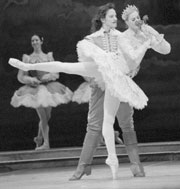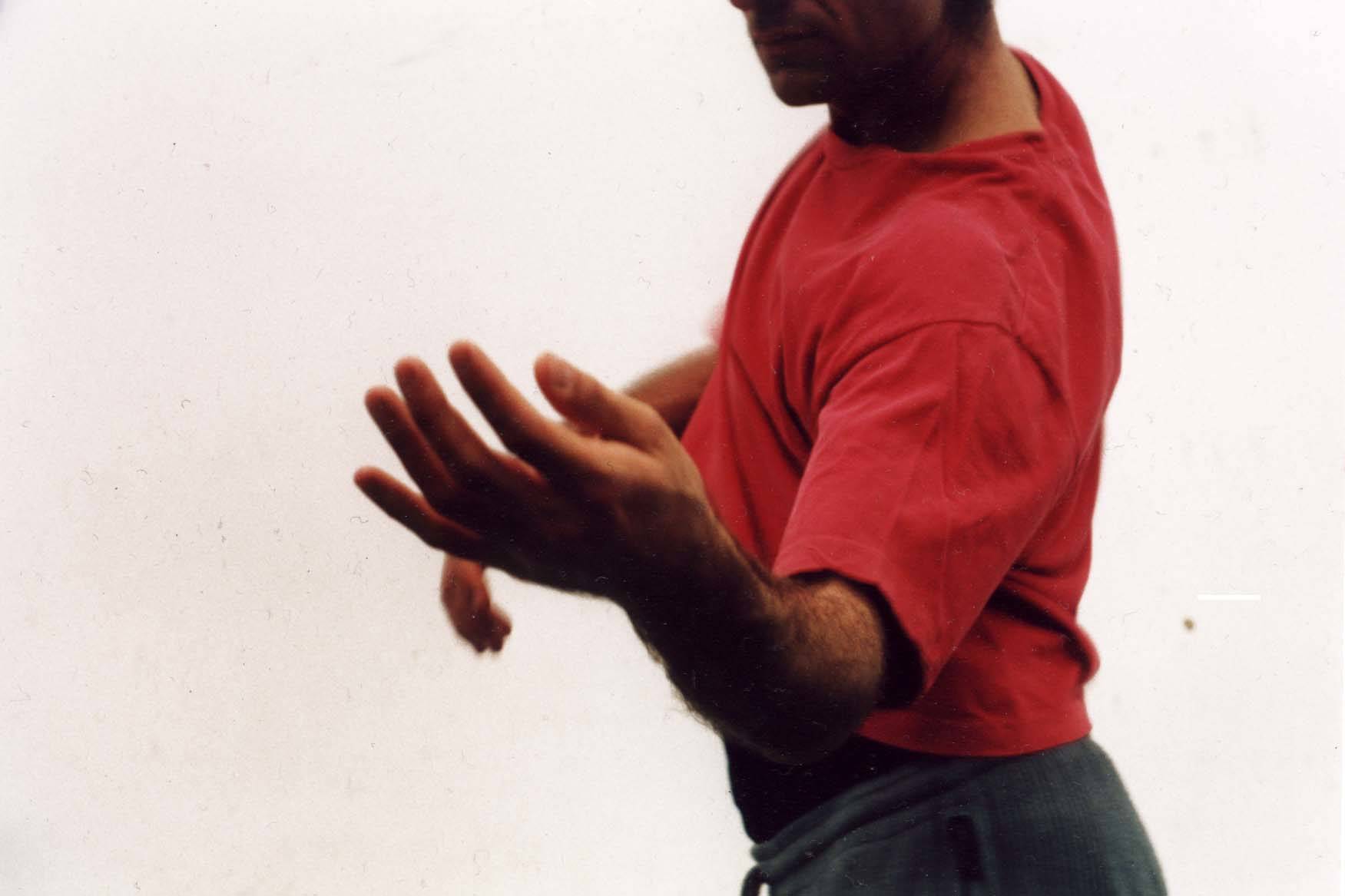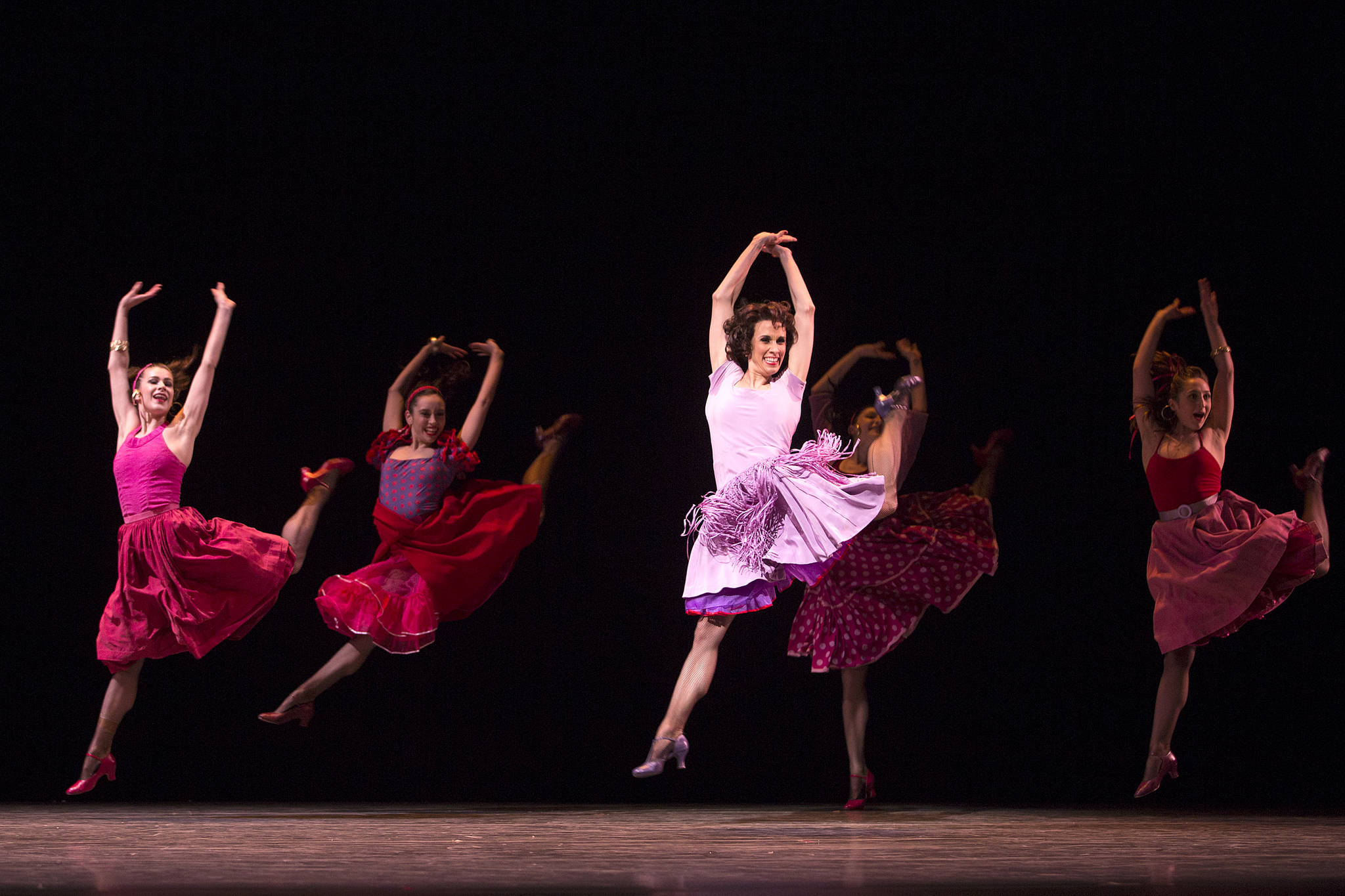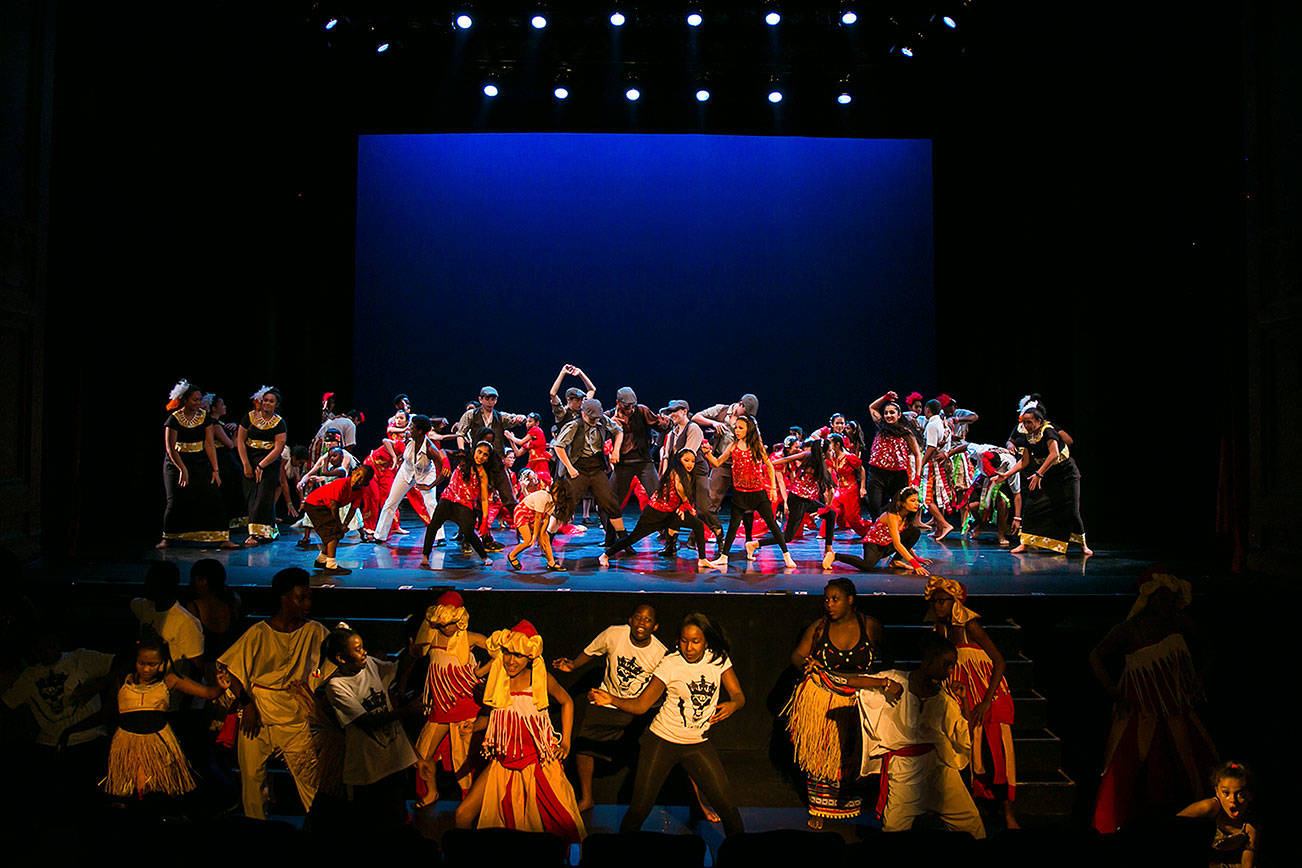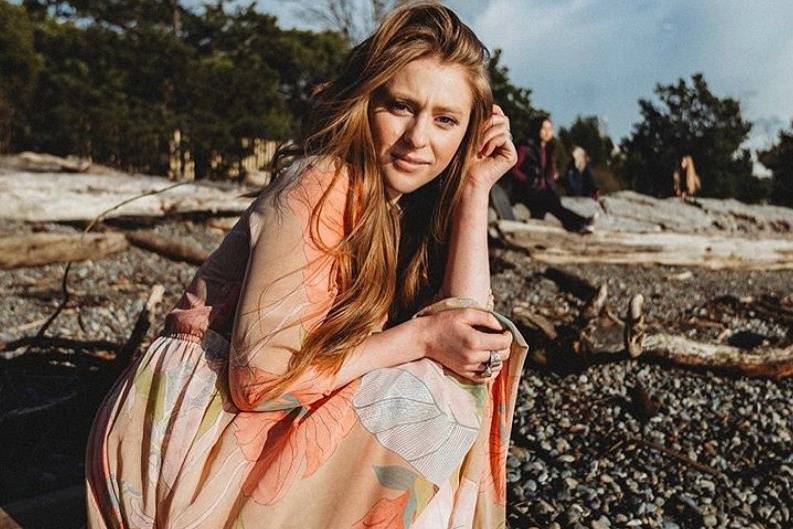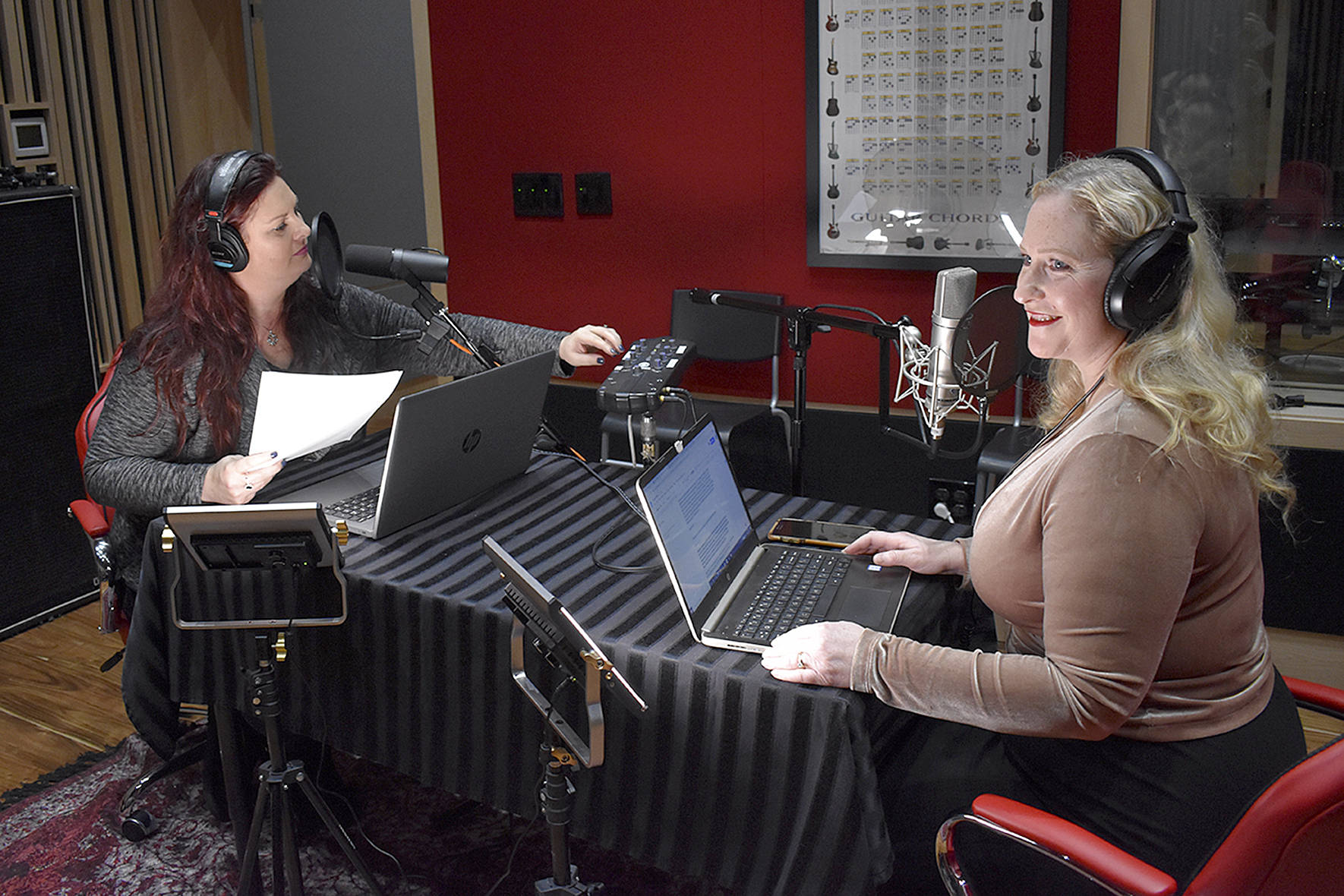WE’RE INUNDATED with classics: From funny cars to rock stations to novels, we’ve reached the point where anything a couple of years old is labeled “a classic.” Thus it’s difficult to picture what might go into the creation of a “classic” ballet. The dictionary doesn’t help: “adhering to a set standard,” “simple and harmonious in style,” “having a high quality.” But by any set of definitions, Sleeping Beauty is not only a classic ballet work but a perfect example of classicism in ballet.
Sleeping Beauty
Pacific Northwest Ballet through February 11 at Opera House
Balletic classicism is about balance, symmetry and equipoise, and a certain kind of kinetic geometry in the body that stops short of distortion. In a classical arabesque position, the arm extended to the front often has a slight bend in the elbow rather than a hyperextension in the other direction, and the back leg is usually just above 90 degrees to the body with both hips squarely front, instead of one hip lifted to the side to help raise the leg higher. The range of motion isn’t as great as the twisting and stretching of much contemporary work, but the classical style has a modesty and control that is very appropriate to a ballet about the triumph of the good fairies over the bad. The structure of a classical phrase is often very symmetrical—a sequence done to the right is also done to the left; if the music repeats itself, the dancing does too. Like wrapping a package and having all your edges come out even, there’s a real satisfaction in watching a classical variation play itself out.
Choreographed in 1890 by Marius Petipa, the architect of ballet’s so-called “classic style,” Sleeping Beauty would be easy to think of as a mere children’s ballet (rather like The Nutcracker, which is also set to a Tchaikovsky score). Quite the contrary, it has been a touchstone for companies around the world since its premiere: It’s the work that Serge Diaghilev’s innovative Ballet Russe staged when they reasserted their connection to classicism in 1921; it’s the work that England’s Royal Ballet performed when they returned to the Covent Garden Opera House after World War II. Staging Sleeping Beauty can be a test for any company, challenging both its dancers and its bankbook. Clocking in at almost three hours, it’s packed full of dancing from little solos and ensemble work to the grand pas de deux. Even a modest production needs a stage full of performers in lavish costumes and some fancy technical effects.
Pacific Northwest Ballet’s production of Sleeping Beauty, which they acquired from the English National Ballet, takes on these challenges and makes good headway with them. This version, staged by former ENB director Ronald Hynd and Annette Page, is faithful to many of the key moments in the original work, including extended passages of mime that are often cut from speedier contemporary productions. These long gestural phrases serve as a nice counterbalance to the gemlike variations that surround them. Hynd and Page have been working for several months with the PNB dancers to help them with the more rounded movement style. Although a few were almost too obedient opening night, dancing on the beat like a hammer on a nail, they relaxed enough later to dance with the music rather than bang on top of it.
THE WEALTH OF VARIATIONS in Sleeping Beauty gives many of the PNB dancers a chance to prove themselves. In the opening prologue, Jodie Thomas fluttered appropriately as the Fairy of Joy (sometimes called Canary), and Carrie Imler was practically imperious as the Fairy of Wit. As the evil fairy Carabosse, Olivier Weevers yanked the hair off the hapless majordomo Catalabutte with incredible relish. Patricia Barker’s sculpted lines made her last-act Princess Aurora quite compelling, while Lisa Apple came a bit closer to the girlish quality required for the birthday party scene.
The physical production is lush without going over the top, although King Florestan’s gold lam頢oots during the prologue seemed a bit much. And then there were special effects, including the evil fairy Carabosse’s flying onstage accompanied by fireworks and thunder. Early performances of the PNB production were wound a bit tight, but all the elements are there to create a stellar Sleeping Beauty. Perhaps they should take a page from the Royal Ballet and perform this classic again when they return to the newly remodeled Opera House in 2003.
